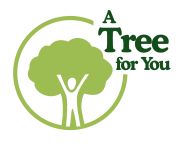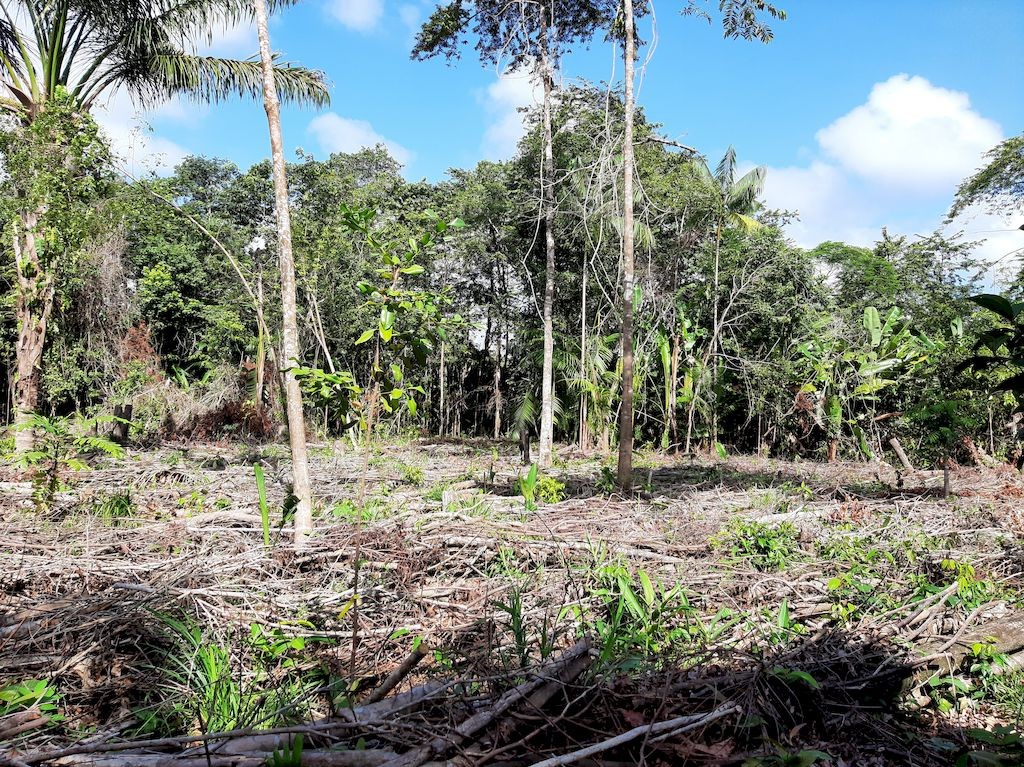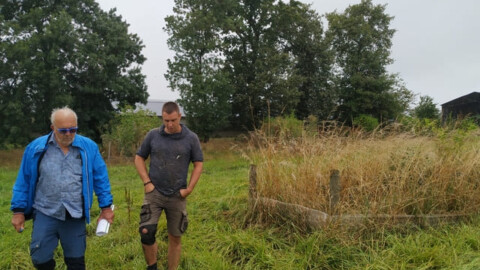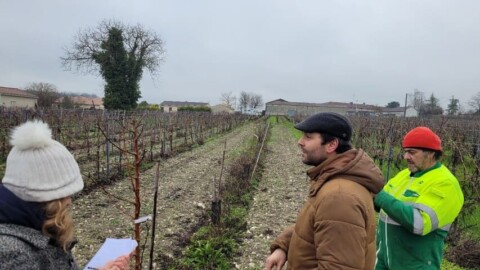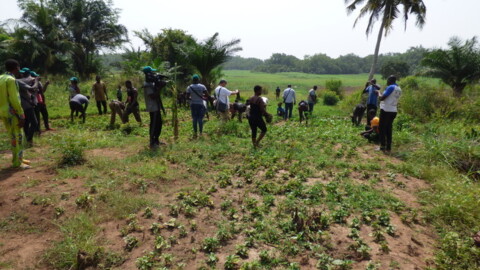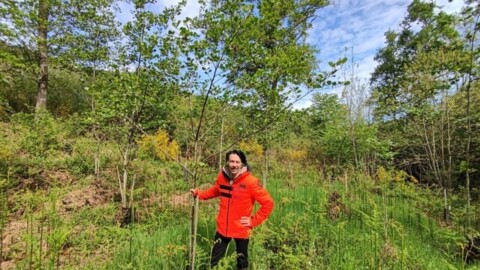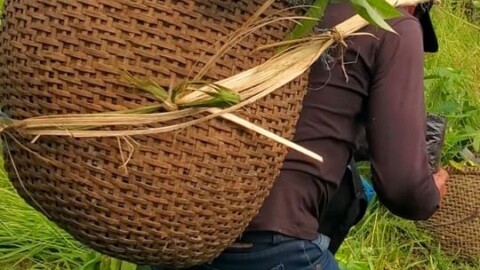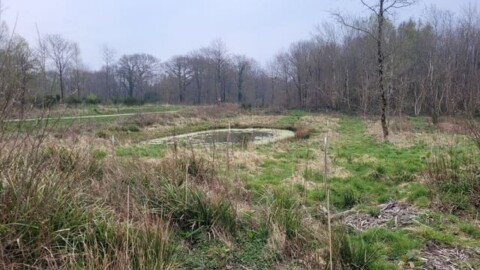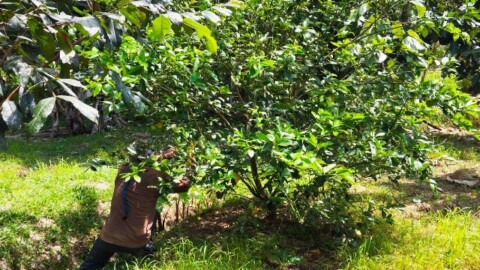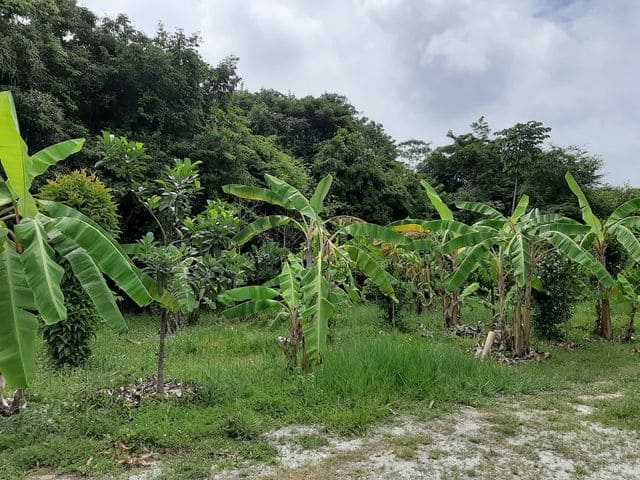
French Guiana, April 2024
The aim of the Guiana seed orchard project is to plant 625 trees of 53 different species from the Guiana Forest. The purpose of this seed orchard is to meet part of French Guiana’s need for seeds and seedlings.
French Guiana is home to more than 1,500 species of tree, and is the Amazonian cradle of almost 80% of France’s biodiversity. However, this biodiversity, the real green gold of the region, is still poorly exploited. Most urban developments are based on exogenous species, as are the first attempts at forestry plantations. Why is this? Today, there is little or no expertise in domesticating certain endogenous (or local) species. Whether for seed germination, cuttings or other propagation techniques, there is currently no easily accessible mother tree resource. It is in response to this problem that A Tree for You is supporting this project to harvest, dry and store Amazonian Forest seeds harvested in the Guiana Forest.
The seed orchard includes forest species that can also be used in agroforestry, forestry or urban development. The aim is to offer a local plant palette, with healthy trees and local species that are better adapted to the soil and climate conditions. The seed orchard is planted in an agroforestry system, which is more conducive to the acclimatisation of seedlings after planting.
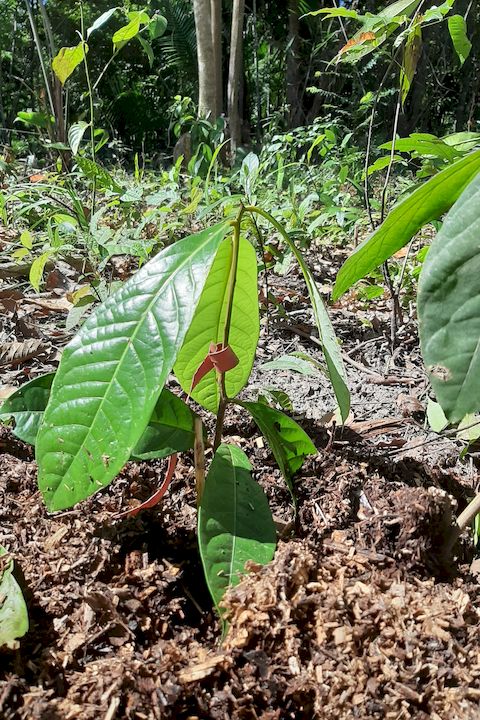
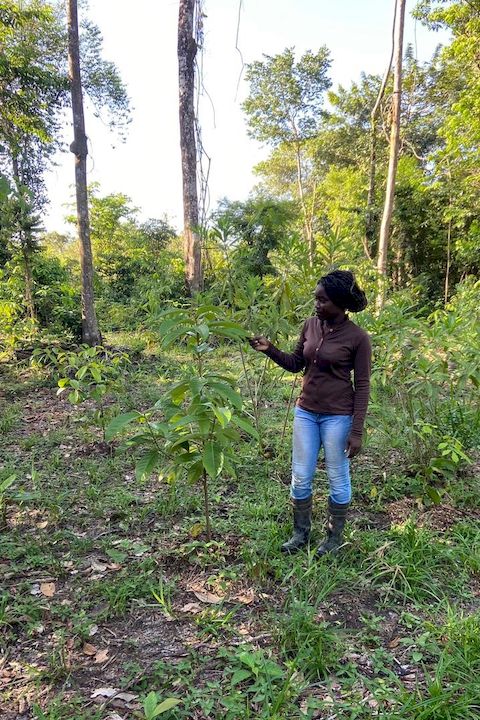
Planting consists of organising rows of around ten trees per species in order to ensure a sufficient number of individuals to create a functional seed orchard. The aim was to plant 625 trees over 1 ha. Spacing was adjusted according to tree dynamics and growth habit (slender/plagiotropic, etc.). The decision was taken to favour a mix of trees within and between rows in order to reduce the risk of plant pests and to encourage the growth of complementary species.
Regular maintenance is carried out every 3 months on each plot, starting with the trimming/untying of the plants, followed by a pass with a brush cutter to control the regrowth of vegetation. A mower is then used to mow the plants, leaving the mulch on the ground to preserve the soil’s fertility. Mowing is infrequent in the dry season, to maintain a moist microclimate at the foot of the plants and keep the soil cool thanks to the grass cover. This type of grass cover management is important and has been shown to have a positive effect on plant recovery.
The mulch was renewed every 3 months with the addition of manure.
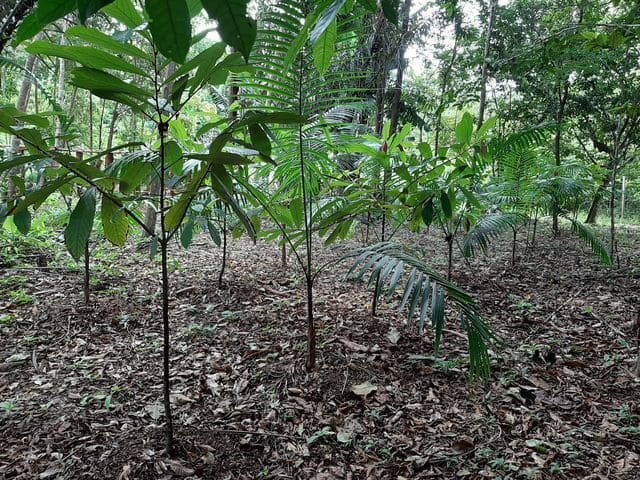
Mortality was monitored and the plants were replanted as soon as the species was present in the nursery.
During the course of the project, a number of difficulties were encountered, including two exceptionally rainy seasons for French Guiana (April 2021, 200mm of rain in 24 hours, 2022 with 40% excess rainfall over the year). The plantations have also had to contend with repeated attacks by a number of pests (biting insects on paprika, locusts on cinnamon and cassava ants on cinnamon and ebony).
Despite these difficulties, the success rate is 95%, with a very good recovery after planting. This success is due to the quality and health of the plants at the time of planting, the species adapted to the climatic conditions and having a developed root system (nursery care) and the planting methods.
In total, 650 plants of 58 species were planted, exceeding the initial target of 625 plants of 53 species!
